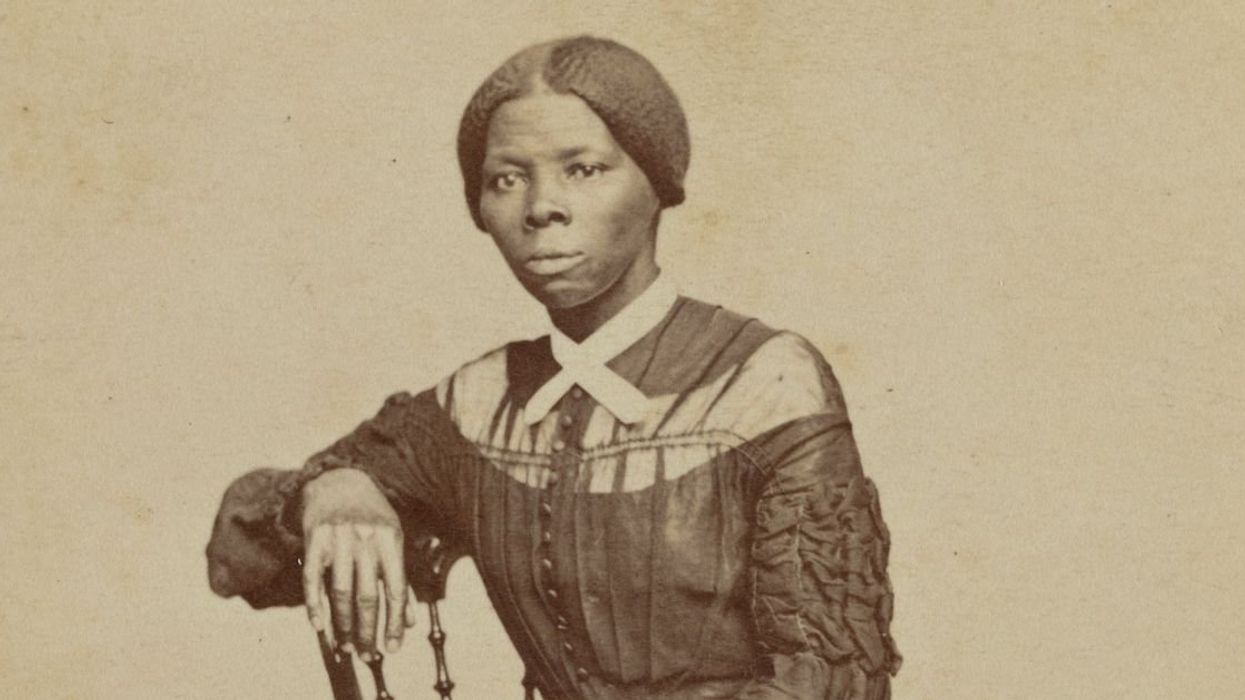One fun thing happening in America right now is how everything old is new again—you know, like virulent racism and diseases once thought to be eradicated on these shores.
But now they're back, baby! Including, of all things dysentery. The state of Oregon is having a bit of a problem with the gastrointestinal illness.
Now listen—people getting sick is no laughing matter and we are taking this very seriously! HOWEVER, of all places in the U.S. to have a dysentery outbreak, Oregon is the absolute most hilarious. It's so on the nose you'd be fired for pitching it in a writer's room.
Dysentery was an integral part of the Oregon Trail—both the actual path traveled by pioneers during America's period of westward expansion and, perhaps even more so, the '80s video game of the same name.
In the game, players re-enacted the Oregon Trail experience through a series of missions that included everything from buying food and getting wagon repairs to fording the many rivers along the way.
And, just like the real Oregon Trail, death was a constant possibility in the game—with dying of dysentery, which causes intense diarrhea, being the most memorable way to lose the game.
So you might say the ailment is in Oregon's DNA, and boy is it rearing its head. The Portland era in particular is having quite an outbreak of the highly contagious malady.
Some 40 cases of shigellosis, the bacterial infection that can cause dysentery, have cropped up in Portland just since January, and there were 158 in 2024 and 96 in 2023.
Though it can be dangerous for vulnerable populations like children, the elderly and those with weakened immune systems, dysentery thankfully isn't nearly as deadly today as it was back in the 1800s, when travelers on the Oregon Trail often had no medical recourse whatsoever.
But the ever rising case counts are enough to make you feel like you're back in 1987 again playing the game on an old Apple IIe, and it has the internet all making the same jokes.
Cases in Oregon have been on the rise since 2012, but have been rising faster and faster since the pandemic. The population most affected seems to be those who are homeless or experiencing housing instability, as well as social groups that use drugs.
It is believed that sexual contact is one of the primary means of transmission among the 80% of cases that have not resulted from foreign travel to places where dysentery is still common.
According to local officials, there are some 6,000 homeless people in the Portland area but just 116 maintained public restrooms, a major sanitation problem that could be contributing to the spread of the illness.








 @PreetBharara/X
@PreetBharara/X @RepBrendanBoyle/X
@RepBrendanBoyle/X @twesq/Bluesky
@twesq/Bluesky @christopherharris/Bluesky
@christopherharris/Bluesky @evangelinewarren/X
@evangelinewarren/X






 @FrankC164/X
@FrankC164/X
 AMC
AMC